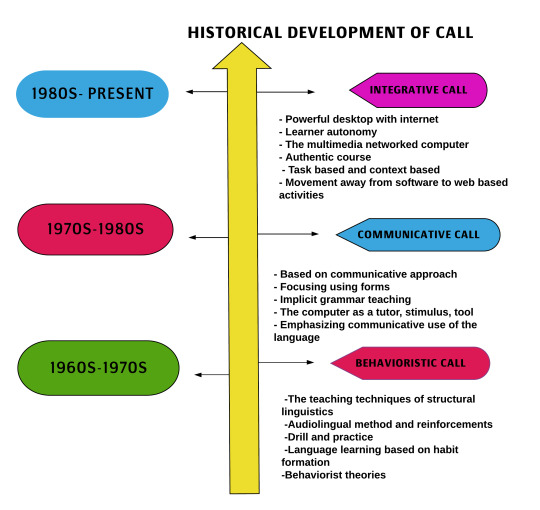#tımeline
Explore tagged Tumblr posts
Text
‘’With great power comes... a ton of weird crap you’re not prepared to deal with.”
Henry Stickmin, after seeing the Toppat Orbital Station for the first time.
53 notes
·
View notes
Text
Historical Development of The CALL
With the development of technology and the increasing use of computers, CALL (Computer-Assisted Language Learning) has become popular in 21st-century language learning. The CALL is defined by M. Warschauer (2009) as the process of acquiring a teaching strategy based on or developed by computer technology during the interactive lessons of the second language. Well then, think about how CALL provides opportunities for students and teachers? Imagine applications that will improve your pronunciation, grammar or vocabulary at any time while learning a new language. You are using such applications in collaboration with friends in the classroom. Wouldn't it be very enjoyable? You're progressing in a foreign language in accordance with your own learning speed, and you're given the opportunity to repeat when you need it, or think about your most bored subject when learning. Doesn't the images, graphics, educational simulations or games make this subject more amusing? In your studies online, assume that the teacher is giving you immediate feedback and taking care of each student individually. All these are now possible thanks to CALL in the 21st Century. As a teacher, we should realize how much significant the use of technology in our courses and use it in our classroom environments. CALL has developed during a long time and experienced lots of change. It can be categorized into three categories: Behavioristic CALL, Communicative CALL, Integrative CALL. You can see historical development of CALL and their explanation on the timeline below.

(created by here)
0 notes